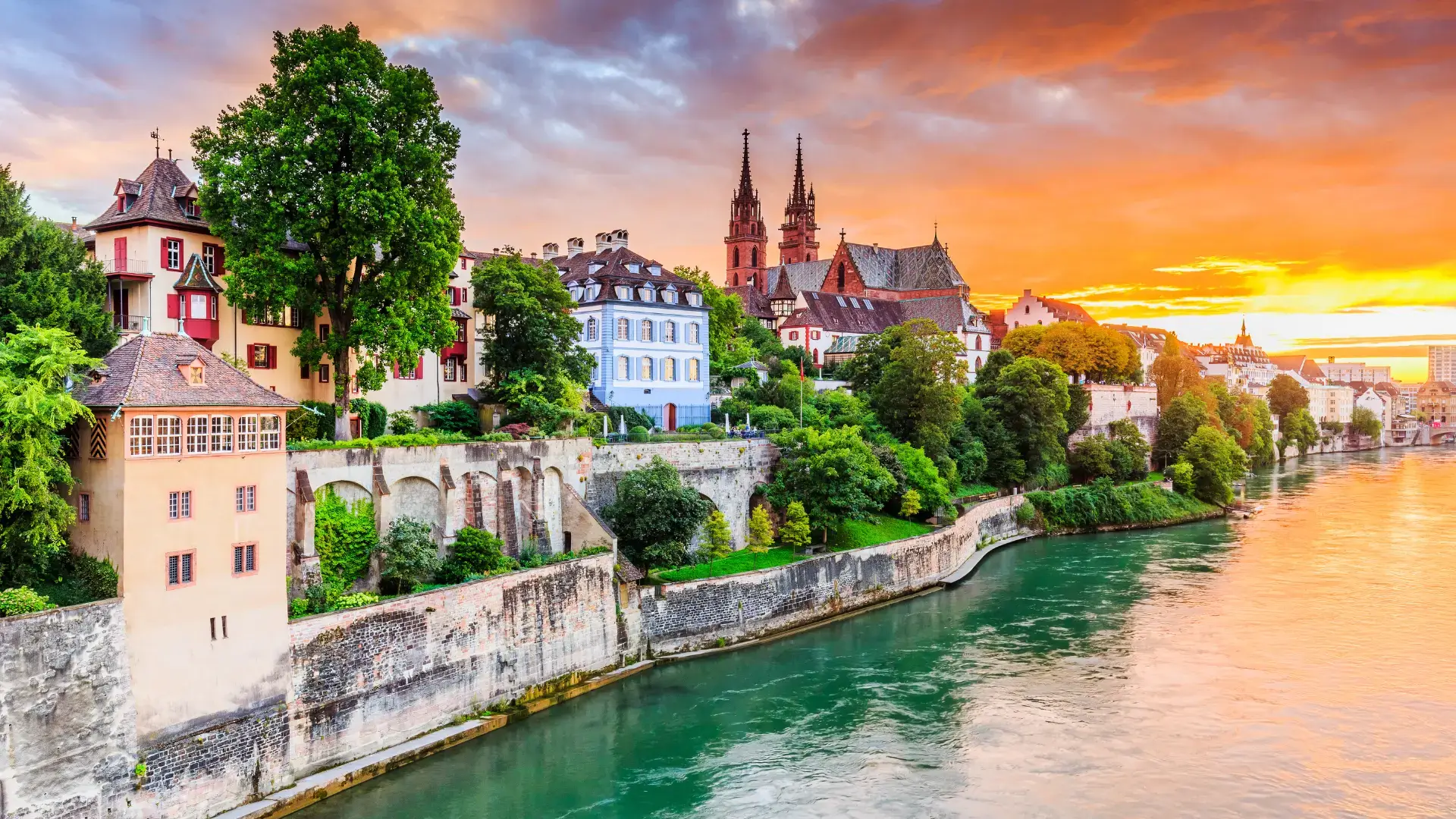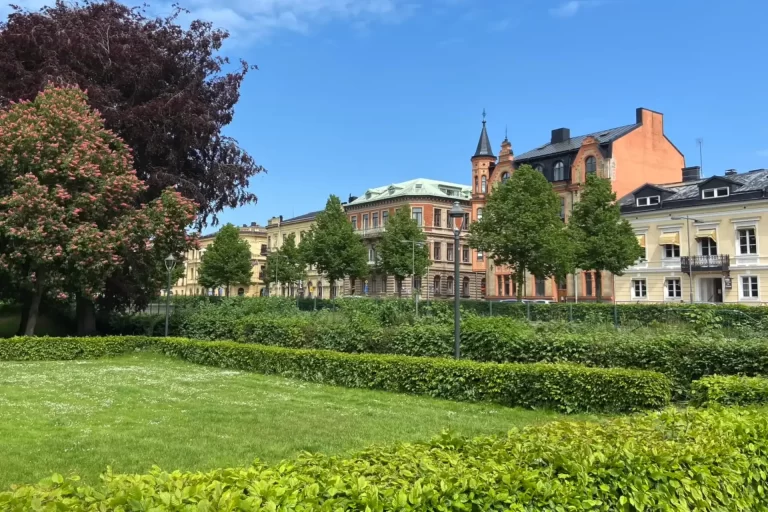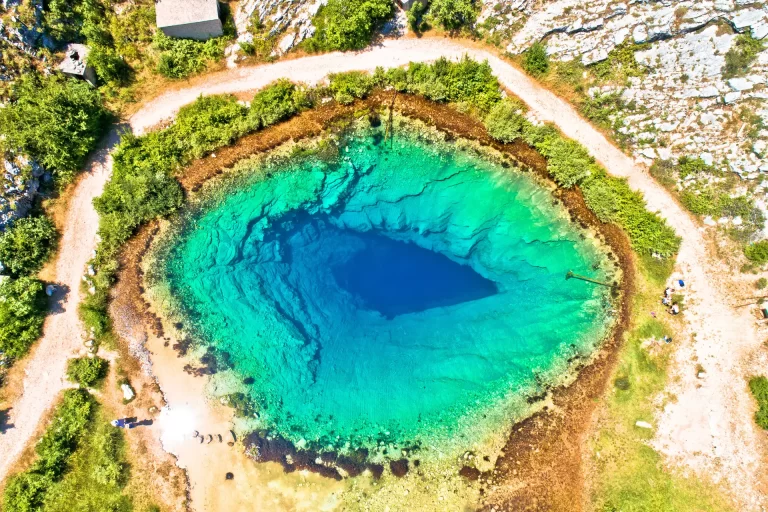Best Time To Visit Switzerland: to Explore It’s Beauty
For a considerable amount of time, Switzerland has been a highly favored travel destination globally. Providing an abundance of outdoor adventure and breathtaking mountain scenery. Well-known for its chocolate and cheese, it’s a great place to relax with a hot cup of cocoa or savor some delectable fondue. We will tell you when is the best time to visit Switzerland. So take your backpack for men or crossbody travel bag and get read to explor the more beauty of the world.
April through October is the ideal time to visit Switzerland, though those who enjoy winter sports might prefer December through March. There are four distinct seasons in the nation, and each has its special attractions. Springtime brings Alpine blooms, blossoming trees, and cows moving to pasture in March through May. Because of the high altitude, humidity is rarely an issue. It is the time of year when both locals and visitors throng the lakeshores so that the crowds will be larger.
Best Time To Visit Switzerland
The wine and fruit harvests dominate the autumn months of September through November. From December through February, there is snow, cold weather, and winter sports. Rainfall in the lowlands is most common in November and May. Owing to its position between the popular summer and winter seasons, many attractions have shortened hours during these months, and locals frequently go on independent travels.
The best months to visit Switzerland are generally April through June or September and October, as well as the spring/early summer and early fall seasons. You’ll experience some of the nicest weather during this time and won’t have to deal with dense tourist crowds. Although you can travel to the country year-round, the best time to go really depends on your travel plans. To assist you in selecting the ideal choice for a once-in-a-lifetime experience, we’ve broken it down by season.
Visit to Switzerland in spring
In Switzerland, the months of April, May, and the first part of June are regarded as the shoulder seasons. Which precede the hectic summer months. You can still see a lot of snow on the peaks, making it an excellent time to travel to this part of the world. However, there won’t be as many people skiing, and you should be able to find cheaper airfare and hotel rates. At the same time, there’s a chance of some rainy weather.
Hiking is frequently perfect, and those verdant valleys and mountains will be sprinkled with vibrant wildflowers. In Switzerland, the months of April, May, and the first part of June are regarded as the shoulder seasons. Which precede the hectic summer months. You can still see a lot of snow on the peaks, making it an excellent time to travel to this part of the world.
However, there won’t be as many people skiing, and you should be able to find cheaper airfare and hotel rates. At the same time, there’s a chance of some rainy weather. Hiking is frequently perfect, and those verdant valleys and mountains will be sprinkled with vibrant wildflowers. Given the average temperature of sixty degrees Fahrenheit and the lower number of tourists, April might be the best month for the most peace.
Throughout the month, there’s also the Tulip Festival, which takes place along Lake Geneva’s shores. Bringing in over 120,000 tulips to add even more color to the breathtaking scenery. May is usually warmer than April, but it can also be erratic and have more rain. Expect pleasant temperatures in early June, with typical afternoon highs reaching 70 degrees. The long days provide ample daylight to take in the breathtaking scenery.
the Summer time Visit to Switzerland
The busiest and peak season, during which the majority of tourists arrive in Switzerland, is the summer. Since the snow will have melted by now, they wish to take advantage of the perfect warm weather and hike some of the highest mountain trails. Mid-70s and even higher afternoon highs are common in July. It’s a great time to take advantage of the many lakes and other recreational opportunities, as well as music and other enjoyable festivals.
The prices could be up to 50% higher than they are during shoulder or low seasons, which is a drawback. You’ll have to deal with crowded streets and trails, especially in the mountain resort areas. Swiss National Day is celebrated on August 1st with fireworks, bonfires, processions, barbecues, and other events. Around Lake Lucerne, there are some of the most spectacular celebrations. With locals lighting candles in their windows and children parading through the streets with paper lanterns.
Autumn to travel to Switzerland
Early autumn is one of the best seasons to visit Switzerland. The mountain slopes are covered in vibrant foliage, and the days are often crisp and perfect for trekking. At the same time, there isn’t as much competition for a cable car spot as there was during the summer. Additionally, there will be grape harvests. It’s also a more affordable time to go.
Just bear in mind that starting in October, the higher mountain passes will close if you plan to drive them. Beneath the shadow of towering peaks, the beauty is particularly striking, with fiery reds, brilliant oranges, and golden yellows standing out.
Winter Season In Switzerland
Given Switzerland’s reputation for snow sports, the winter months are both high and low. Many tourists who come to ski or snowboard down the slopes will be drawn to them. In particular, to take advantage of the Christmas markets and during the holiday season. Anywhere skiing is possible, prices are generally going to be high, and these are also going to be the most popular locations.
The Valais region, which includes Saas-Fee and the well-known Zermatt, is breathtaking. The Matterhorn overlooks Zermatt. Where boarding and skiing extend for about 310 miles. Although there won’t be as much traffic in November, high-elevation locations might not have enough snow for skiing.
Visit to Switzerland in December and January
December and January are the coldest months of the year, not the wettest. The Christmas markets in Switzerland’s major cities are even more festive because there is often snow. Even though the temperature hovers around freezing, clear blue skies and a brilliant sun that reflects off the snow are frequently experienced. So don,t forget to take your travel blanket with you.
Mid-November to early January is when cities host Christmas markets, where you can find plenty of traditional food, handmade crafts, hot spiced wine, and adorable wooden chalets. The Christmas markets open in the middle of the month and feature local handcrafted goods, mulled wine, melted cheeses and roasted chestnuts, holiday music, and lights. There will be plenty by December when the high temperature will typically be in the upper 30s.




